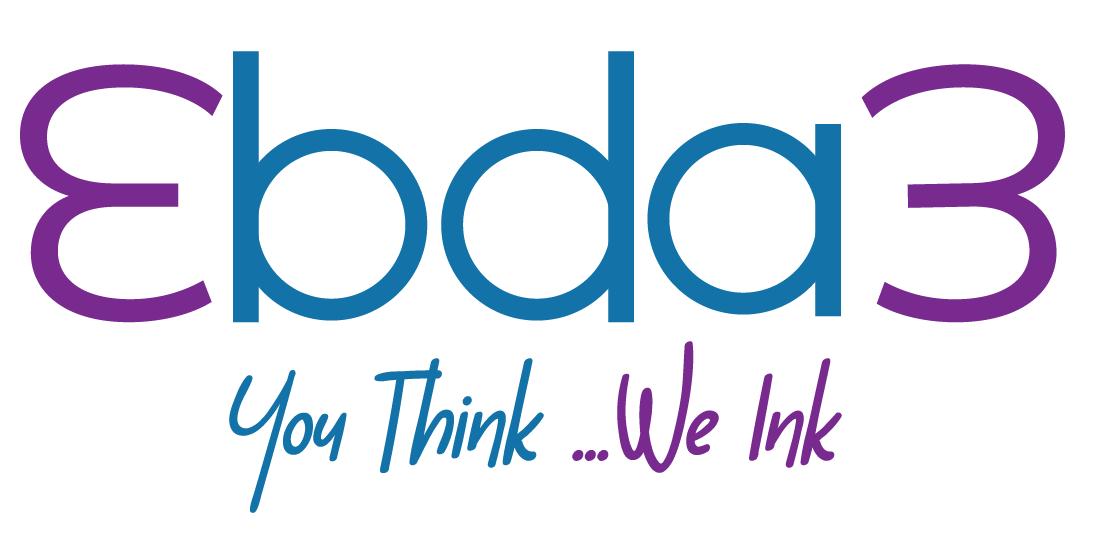Understanding the Difference Between Content Writing and Content Curation

In the digital age, content is king. However, not all content is created equally. Understanding the difference between content writing and content curation is crucial for any marketer, business owner, or content creator. These two practices, while both essential to a robust content strategy, serve different purposes and require distinct approaches. This comprehensive guide will explore the nuances of content writing and content curation, their benefits, and how to effectively integrate both into your strategy.
What is Content Writing?
Content writing involves creating original content from scratch. This could be in the form of blog posts, articles, white papers, eBooks, social media posts, and more. Content writers research, draft, and edit their work to provide valuable information tailored to a specific audience.
Key Elements of Content Writing:
1. Originality: The primary characteristic of content writing is its originality. Content writers generate unique insights, ideas, and perspectives that are not found elsewhere.
2. Depth and Detail: Effective content writing often involves deep dives into topics, providing detailed and comprehensive information that educates or entertains the audience.
3. SEO Optimization: Content writers often incorporate search engine optimization (SEO) techniques to improve the visibility of their content on search engines, thereby attracting more organic traffic.
4. Voice and Style: Each piece of content reflects the brand’s voice and style, helping to build a consistent brand identity.
Benefits of Content Writing:
1. Establishing Authority: By providing original and valuable information, businesses can establish themselves as thought leaders in their industry.
2. Improving SEO: Well-written, SEO-optimized content can improve a website’s ranking on search engine results pages (SERPs), driving more organic traffic.
3. Building Relationships: High-quality content can build trust and relationships with your audience, encouraging loyalty and engagement.
4. Lead Generation: Informative and engaging content can attract potential customers and guide them through the sales funnel.
What is Content Curation?
Content curation involves finding, organizing, and sharing existing content from various sources. Curators sift through the vast amount of information available online to select the most relevant and valuable pieces for their audience. This curated content is then shared, often with added commentary or insights, through social media, newsletters, blogs, or other platforms.
Key Elements of Content Curation:
1. Selection: The core task of a content curator is to select high-quality content from reputable sources that align with their audience’s interests and needs.
2. Contextualization: Curators often add their own insights, summaries, or opinions to provide context and enhance the value of the curated content.
3. Organization: Effective content curation involves organizing content in a way that makes it easy for the audience to consume and understand.
4. Attribution: Giving proper credit to the original creators of the content is a crucial aspect of ethical content curation.
Benefits of Content Curation:
1. Time Efficiency: Curation allows you to provide valuable content to your audience without the time investment required for creating original content.
2. Broadening Perspectives: By sharing diverse viewpoints and sources, curators can provide a well-rounded perspective on a topic.
3. Maintaining Consistency: Regularly curated content can help maintain a consistent presence on your platforms, even when original content creation is not feasible.
4. Building Networks: Curating and sharing content from industry leaders and influencers can help build relationships and increase your network.
Integrating Content Writing and Content Curation
For a comprehensive content strategy, both content writing and content curation should be utilized. Here’s how to effectively integrate both:
1. Balance Original and Curated Content
Aim for a balance that suits your audience and resources. For instance, you might create original blog posts weekly and curate industry news daily on social media.
2. Use Curated Content to Support Original Work
Curated content can complement your original content. For example, if you write a blog post about a new industry trend, you can share curated articles that provide additional insights or case studies.
3. Enhance Curated Content with Original Commentary
When curating content, add your own commentary or analysis. This not only provides additional value to your audience but also showcases your expertise.
4. Plan and Schedule Strategically
Use content calendars to plan and schedule both written and curated content. This helps ensure a consistent flow of content and prevents gaps in your posting schedule.
5. Engage with Your Audience
Use both original and curated content as opportunities to engage with your audience. Ask questions, invite comments, and encourage sharing to foster a community around your content.
Conclusion
Content writing and content curation are both vital components of a successful content strategy. While content writing allows you to establish authority and build deep connections with your audience through original insights, content curation enables you to provide a steady stream of valuable information without the extensive time investment. By understanding and leveraging the strengths of each, you can create a balanced and effective content strategy that keeps your audience informed, engaged, and coming back for more.
Whether you’re a seasoned marketer or new to the content game, mastering the art of both content writing and content curation will set you on the path to success in the ever-evolving digital landscape.





